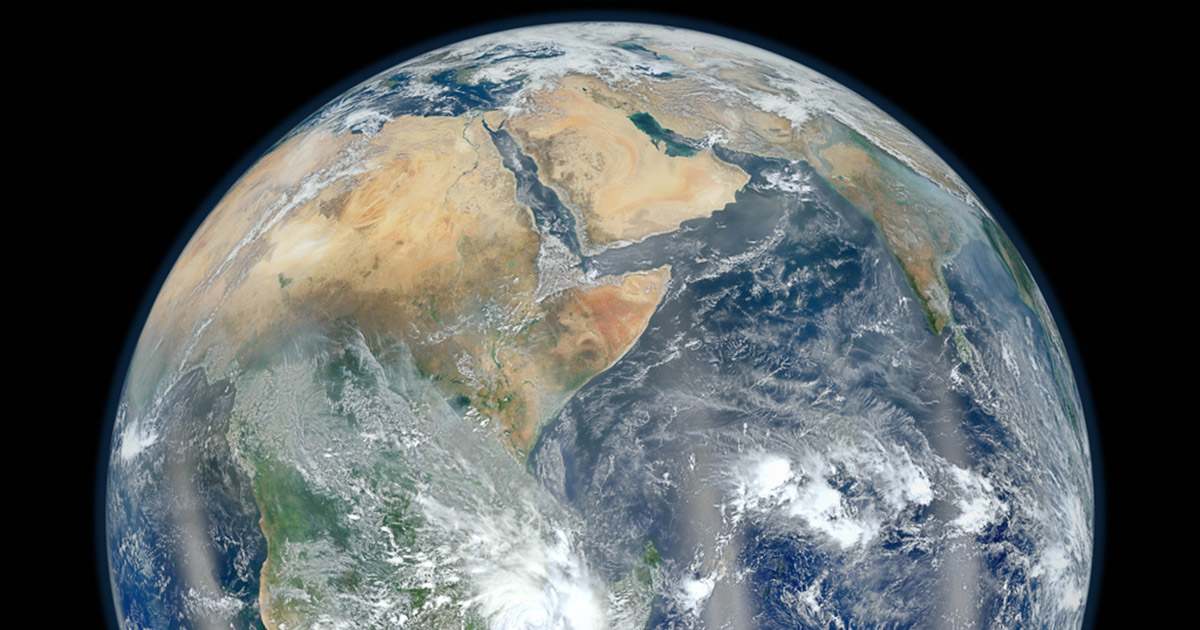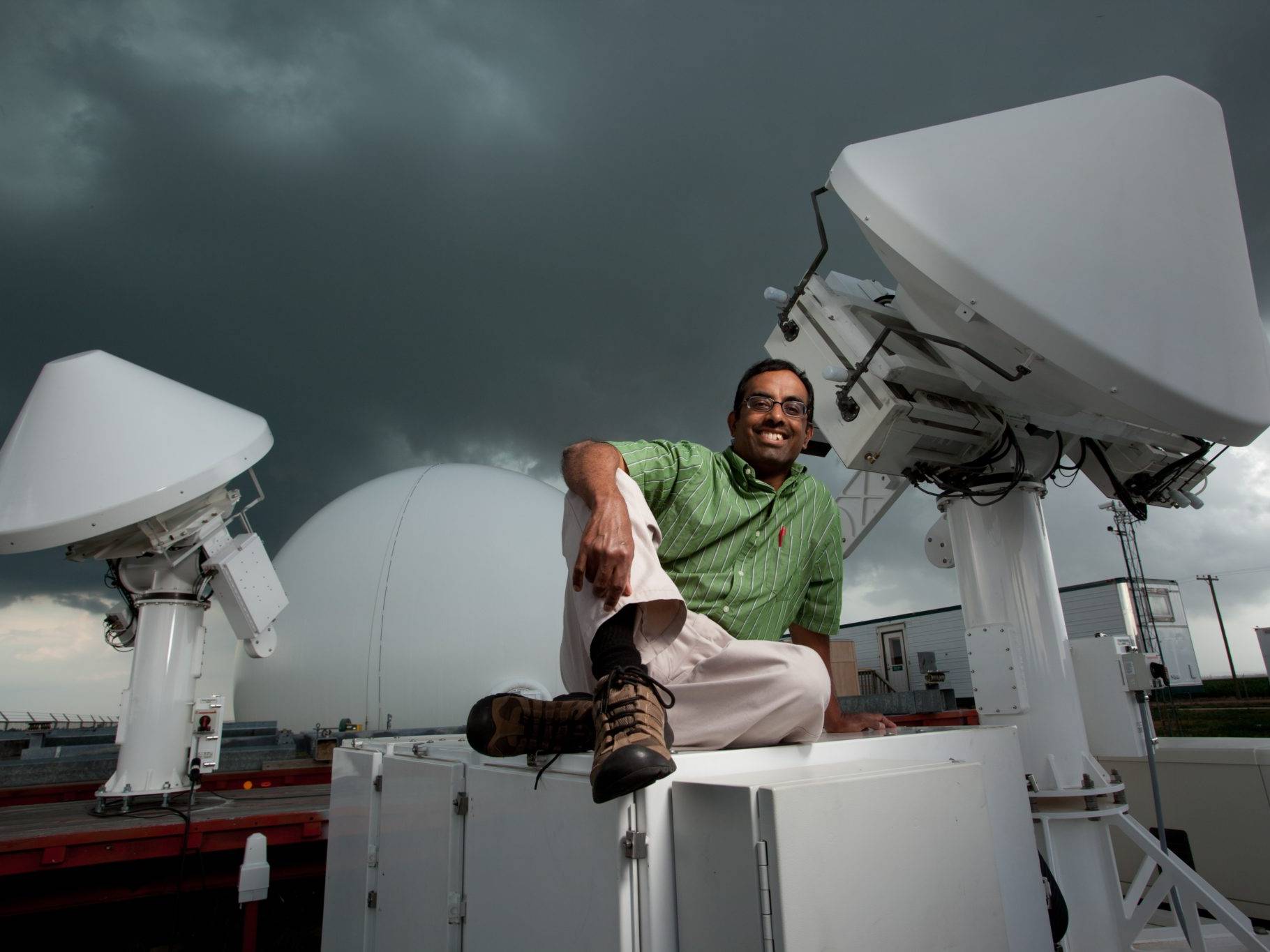
Four Colorado State University researchers in earth and atmospheric sciences are among new Fellows of the American Geophysical Union who have “made outstanding achievements and contributions by pushing the frontiers of our science forward.” AGU is a 62,000-member organization of Earth, atmospheric, ocean, hydrologic, space, and planetary scientists formed in 1919.
AGU Fellows serve as global leaders and experts who have propelled the world’s understanding of geosciences. Since 1962, AGU has elected fewer than 0.1% of its members to join its group of fellows.
Elizabeth Barnes, associate professor in the Department of Atmospheric Science, was honored with the AGU James B. Macelwane Medal for early-career scientists this year, for which she was also conferred the title of fellow.
CSU’s other 2021 AGU Fellows
Richard C. Aster, department head and professor of geophysics in the Department of Geosciences in the Warner College of Natural Resources, is a seismologist who applies seismic imaging and analysis to understanding Earth structure and processes. His work includes seismic imaging of Earth’s crust and mantle structure at the continental scale, as well as studying earthquake, volcano and glacier processes using seismic and other data. His research has drawn from extensive seismological field studies across western North America, Italy and Antarctica.
Aster is also a past president of the Seismological Society of America and currently serves as Board of Directors Chair for the 126-institution Incorporated Research Institutions for Seismology, a major geophysical community-governed facility of the National Science Foundation.
Among Aster’s recent work is a finding, along with an international team, that the bedrock below the remote West Antarctic Ice Sheet is rising more rapidly than previously thought, in response to the ongoing loss of glacial ice. The research has important implications for understanding and predicting the stability of the ice sheet and Earth’s rising sea levels.

Aster during field work in Antarctica.
V. “Chandra” Chandrasekar, University Distinguished Professor in the Department of Electrical and Computer Engineering and a fellow of CSU’s Cooperative Institute for Research in the Atmosphere, is an expert in weather radar, geoscience and remote sensing. He is active in a field that uses data from radars and satellites to advance understanding of land, oceans, atmosphere and space.
His contributions include serving as director of the CSU-CHILL National Radar Facility and as co-principal investigator of SEA-POL, the nation’s first ocean-going polarimetric radar.
In addition to serving as chief technologist for the Collaborative for Adaptive Sensing of the Atmosphere, an NSF Engineering Research Center based at CSU, Chandrasekar was also a lead researcher on the TEMPEST-D project. TEMPEST-D deployed a small satellite that served as a test case for satellite arrays that can fly over storms and gather high-resolution data using miniature microwave radiometers.

Chandrasekar with a research radar.
Paul DeMott, a senior research scientist in the Department of Atmospheric Science, studies the interactions of aerosols and clouds, particularly how certain atmospheric particles nucleate ice crystals. He helped to pioneer measurement systems to establish the natural and human-made sources of these ice-nucleating particles, which serve as precursors to rain and snow formation and alter climate-relevant cloud properties.
A Web of Science Highly Cited Researcher, DeMott has engaged in numerous field campaigns studying aerosol processes all over the world, including an NSF-funded campaign called SOCRATES that sampled the air in the lowest part of the atmosphere with direct contact with oceans. Their work located the “cleanest air on Earth.”
DeMott is also a Theme Leader in CSU’s recently-awarded Regional OneHealth Aerobiome Discovery Network, where he will lead the sampling and characterization of atmospheric microbes to study their release from soils and plants and how they move through the lower atmosphere.
DeMott has received numerous recognitions from CSU and his peers for his significant scientific contributions. Among these are the Walter Scott, Jr. College of Engineering Outstanding Researcher Award; the Colorado State University Distinguished Alumnus Award in Atmospheric Science; the Colorado State University Distinguished Service Award; selection as an Honorary Lifetime Member of the International Committee on Nucleation and Atmospheric Aerosols; and election as a fellow of the American Meteorological Society.
DeMott aboard the NSF/NCAR C-130 research plane during a field campaign.

AGU Fellows will be recognized at a ceremony during the AGU Fall Meeting in December.
Read about other AGU awardees from the Department of Atmospheric Science.